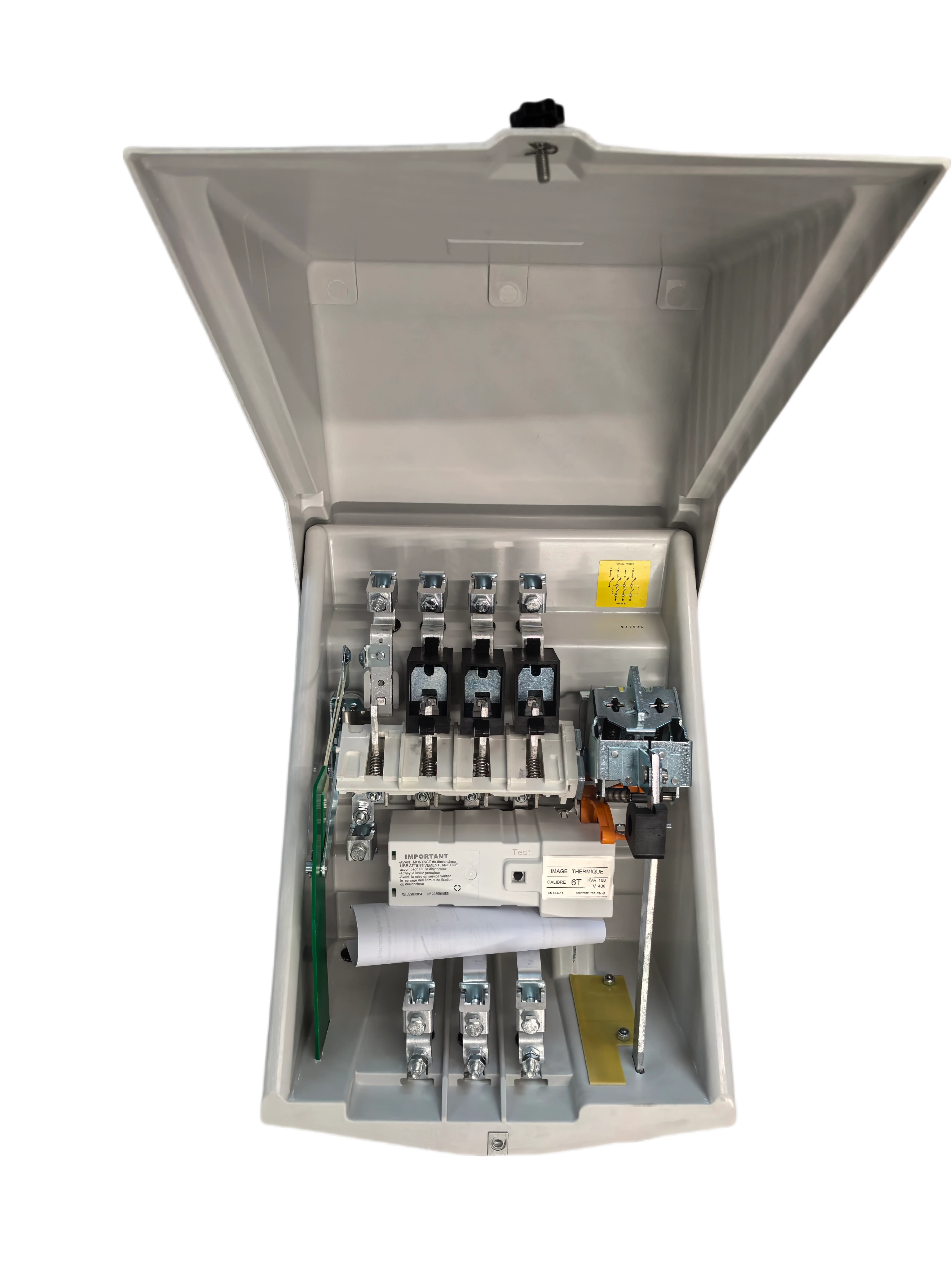Technical Problems And Design Key Points Of High Voltage Vacuum Circuit Breakers
The biggest difficulty of Lv Pole Mounted Circuit Breakers technology is: designing the electrostatic field and high voltage of the vacuum interrupter. Due to the lack of conductive particles, the breakdown voltage of the vacuum varies linearly with the gap. When the electrode gap is large, the breakdown voltage of the vacuum varies nonlinearly with the gap. The gap that leads to higher breakdown voltage is larger than planned. The gap includes the contact gap and the annular gap of the shielding cover. When the gap becomes larger, the vacuum arc extinguishing size ratio is not appropriate. Therefore, in order to ensure high rated voltage, vacuum interrupters were used in series connection in the early stage. In order for the size of the vacuum circuit breaker to be within a reasonable range, the microscopic and macroscopic field enhancement factors must be reduced. By using multiple shielding methods, the geometric field increase factor can be reduced. The vacuum circuit breaker uses a central shielding cover to prevent the precipitation generated by the arc. The additional shielding cover is also called an auxiliary shielding cover. By using an additional shielding cover, the geometric field increase factor is reduced. The use of a composite shielding cover with a special structure can effectively reduce the annular gap in the shielding cover and the contact, and the overall size of the vacuum circuit breaker. At present, stress reduction can be achieved by using modern electrostatic field analysis auxiliary software. The tiny particles and roughness on the surface of the contact and shield will increase the microscopic field. In order to achieve the microscopic field increase factor and stress reduction, the tiny particles need to be burned out during the smelting process. After the magnetic field changes, the vacuum arc changes accordingly. The axial magnetic field is arranged to maintain the state of arc diffusion, and the AMF appears through the contact system. In the center of the gap, the magnetic field strength is very important. As the distance increases, the magnetic field strength decreases, so the AMF strength at the center of the gap decreases. The withstand voltage vacuum circuit breaker requires a larger contact gap. For example, in order to set the breaking current performance, a small contact gap needs to be configured. This opposite demand can be solved through the design of electrostatic field and geometric electromagnetic field. When the AMF decreases and exceeds the gap of 12mm, the moving contact needs to move quickly until it exceeds 12mm, and then the speed is reduced. This ensures that the magnetic field will not be weakened. Technicians may encounter some problems in the use of high-voltage vacuum circuit breakers. Technicians should face these problems rationally and deal with them with reasonable means, and cannot ignore them, otherwise the performance of the high-voltage vacuum circuit breaker may be damaged. Before the equipment is put into operation, technicians should do a good job of inspecting the high-voltage vacuum circuit breaker to prevent problems before they happen. Reactor opening and closing is one of the technical difficulties of high-voltage vacuum circuit breakers. When in a higher voltage environment, the impedance of the reactor is greater, resulting in higher overvoltage during the operation of the equipment. Nowadays, the online monitoring technology of the arc extinguishing chamber of the high-voltage vacuum circuit breaker is immature, and many researchers are still in the research and development stage of online monitoring technology. In actual use, the regular power frequency withstand voltage of the arc extinguishing chamber break becomes a condition for judging the strength of the insulating medium between the vacuum circuit breaker breaks. In order to ensure the normal operation of the high-voltage vacuum circuit breaker, technicians must focus on checking the power frequency withstand voltage link of the arc extinguishing chamber of the high-voltage vacuum circuit breaker during the maintenance process of the high-voltage vacuum circuit breaker. Opening and closing capacitive current is a technical difficulty of high-voltage vacuum circuit breakers, and the solution is to use controlled opening and closing technology. Small stroke will result in low mechanical dispersion, so VCB is easier to use in the controlled opening and closing link. In order to optimize the performance of high-voltage vacuum circuit breakers, contact materials have been developed in the medium voltage field. In the current interception and current interruption process, researchers need to develop a new contact material to improve the contact quality. Since high-voltage circuit breakers have a larger stroke, researchers need to design bellows. In addition, the life of the bellows is affected by the longer stroke. Electrical conduction can consume the heat of the vacuum circuit breaker, and developing a higher rated current can improve the quality of the vacuum circuit breaker.

